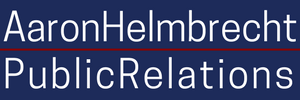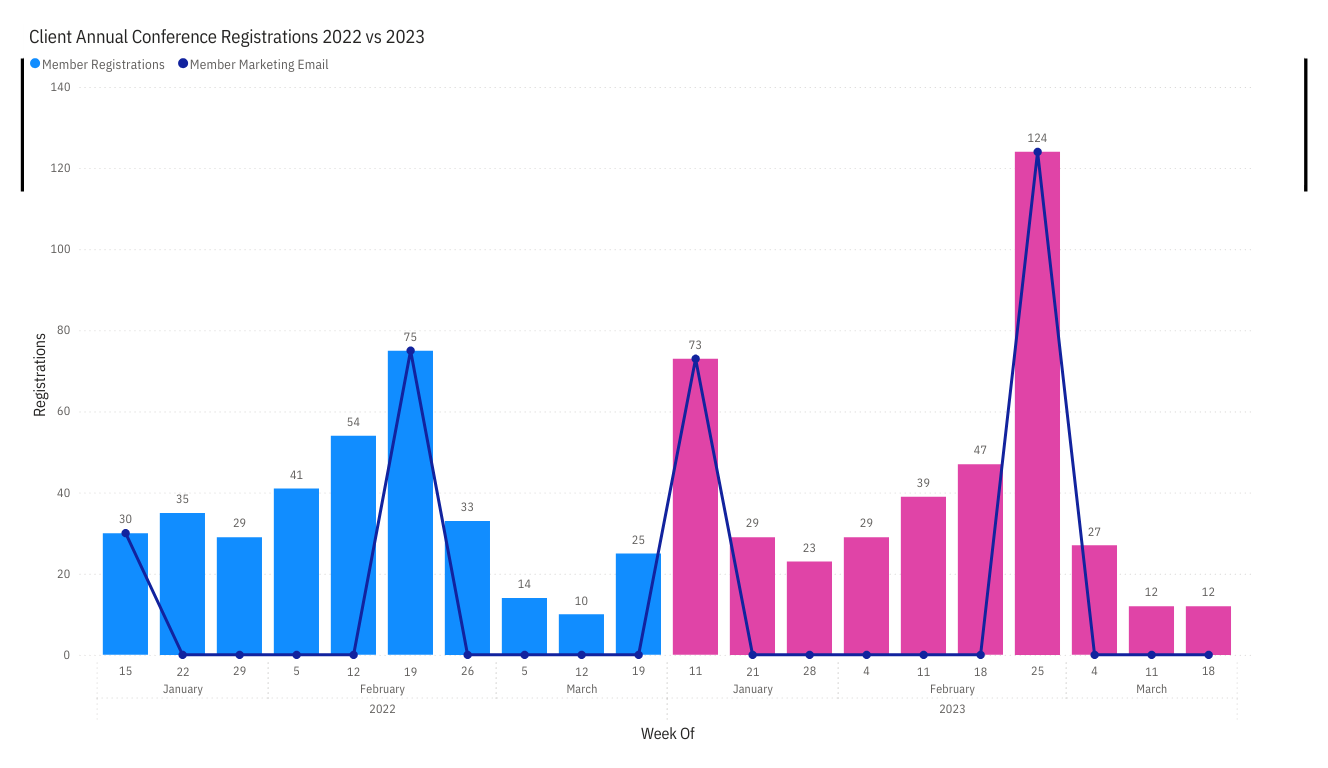Case study: How I doubled event registration with a value proposition, scarcity, and a clear call to action
Aaron Helmbrecht, Communications Strategist
ClientA nonprofit association representing a prominent medical science profession. SituationThe client hosts an annual conference for members to present new research and medical technology to their peers. They are a small organization with no communications department or professional communications staff. I am brought in to lead communications and marketing strategy to boost event registration and strengthen brand value for the organization and their signature event. ActionsThe client’s conference is an annual event occurring in the same month and marketed to the same audience. That means there’s a record. My first step is to review the marketing record from the previous year’s campaign. What content did they create? What was the distribution schedule? What were the results in terms of audience engagement and conversions (in this case, event registrations)? I now know this is the standard I need to beat to exceed expectations. I start by using the marketing plan from the previous year because I know this will suffice to meet expectations. Then I attack the low hanging fruit. Here are a few examples.
The client’s current plan includes social media marketing, but the vast majority of registrations come from two specific member marketing emails. One email is sent in January to announce event registration opening and another near the end of early bird registration in February. These events are critical to achieving registration goals. Reviewing the client’s past marketing emails, it is unclear to me what the email is telling me or asking me to do. I know this is my opportunity to add value. I develop new messaging with three critical features: value proposition, scarcity, and call to action. I tell the audience that we are hosting a conference that offers tremendous value for them. All the biggest names and companies in the profession will be there presenting the latest research and technology relevant to their practice. We are offering a special member registration discount for a limited time. The call to action is learn more and register now. All messaging in the email is geared towards persuading the member to click the link and visit the event landing page. All messaging on the event landing page is geared towards a user journey to complete registration. ResultBecause this is a reoccurring event marketed to the same audience group, campaign variables are controlled allowing me to test the marketing strategy’s effectiveness using a year-over-year analysis. Results show I was able to effectively double event registration earned through the January launch email and the February early bird email. That is the power of messaging and professional content standards.
|


